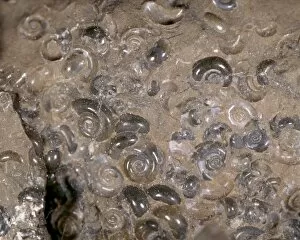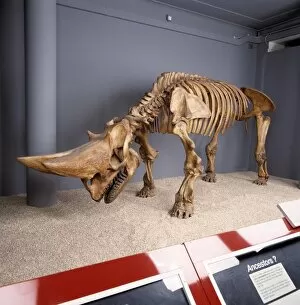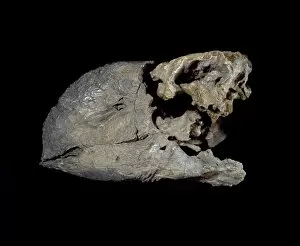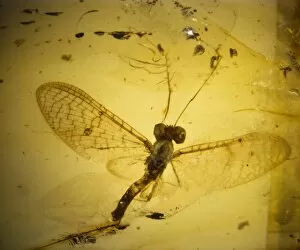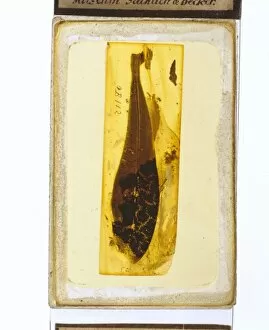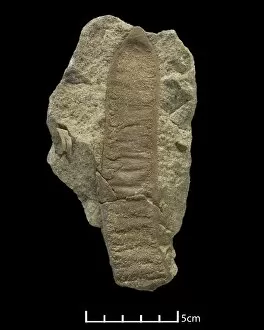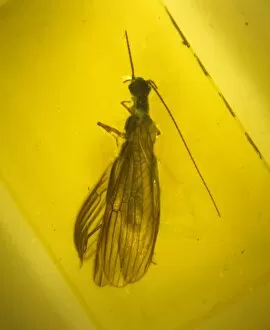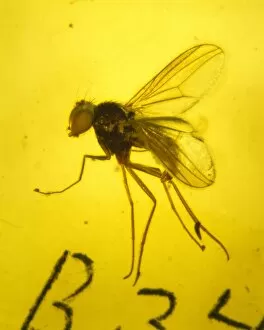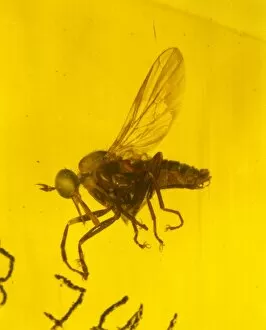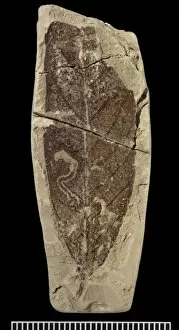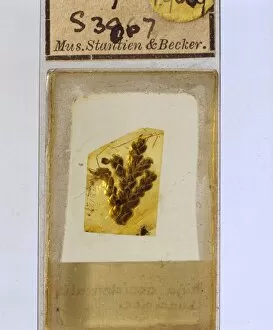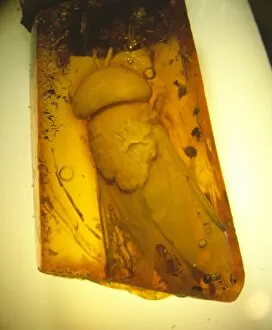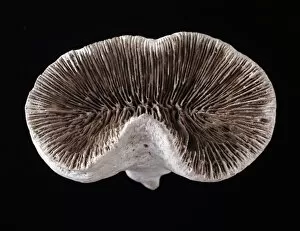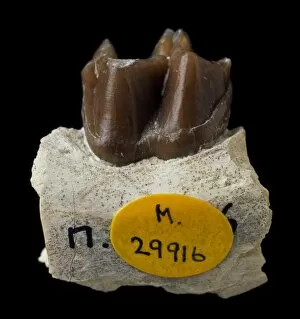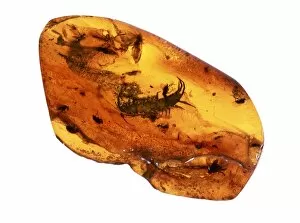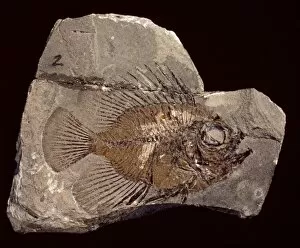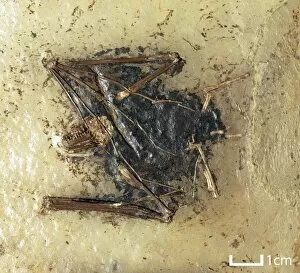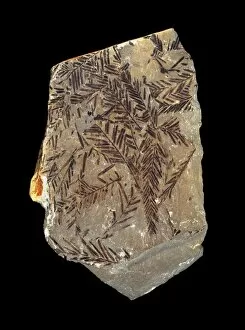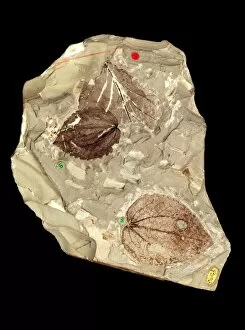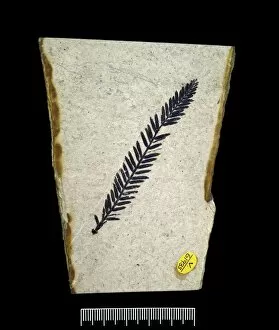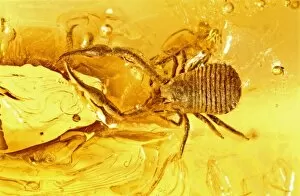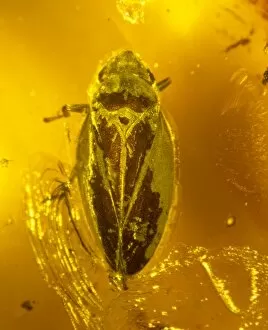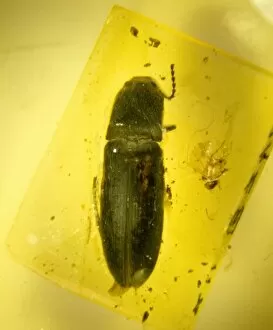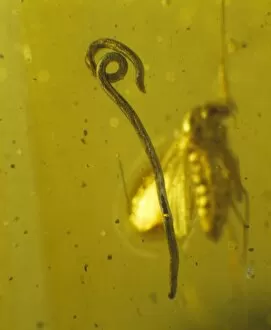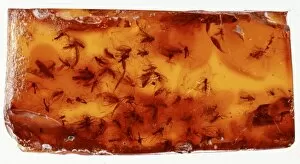Palaeogene Collection (page 2)
"Exploring the Fascinating Palaeogene Era: Anoplotherium commune & gracile, Palaeotherium, Uintatherium skull and more
All Professionally Made to Order for Quick Shipping
"Exploring the Fascinating Palaeogene Era: Anoplotherium commune & gracile, Palaeotherium, Uintatherium skull and more. " Step back in time to the enchanting Palaeogene era, where ancient creatures roamed and left behind captivating fossils. Delve into the world of prehistoric mammals with the discovery of Anoplotherium commune & gracile, showcasing their unique features that set them apart from other species. Witness the impressive Uintatherium skull, a testament to its massive size and formidable presence during this epoch. Marvel at its intricate details preserved over millions of years. The Eocene London clay holds secrets within its depths - Tonguestone reveals an extraordinary find: a shark's tooth adorned with lateral denticles. Uncover how these tiny structures contributed to their survival in ancient oceans. Immerse yourself in Baltic amber's golden allure as you observe a delicate Gall midge trapped for eternity. This mesmerizing inclusion offers insights into the diverse insect life that thrived during this period. Discover Quercus forever suspended in amber; witness nature's masterpiece frozen in time. This remarkable specimen provides a glimpse into ancient forests and showcases the resilience of plant life throughout history. Unearthed from distant lands comes Andrewsarchus mongoliencis - experience its power through a cast of its imposing skull. Explore this apex predator's reign and unravel mysteries surrounding its existence. Journey further through time as you encounter another stunning Andrewsarchus mongoliencis skull cast – each one telling tales of an incredible creature lost to antiquity. These rare finds offer invaluable knowledge about Earth's past inhabitants. Marvel at minute details captured within Rove beetle encased in amber – proof that even small organisms have left indelible marks on our planet’s history. Appreciate nature’s artistry encapsulated within this timeless gemstone. Finally, behold the beauty held by Baltic amber ring – a testament to the allure of this ancient resin.

